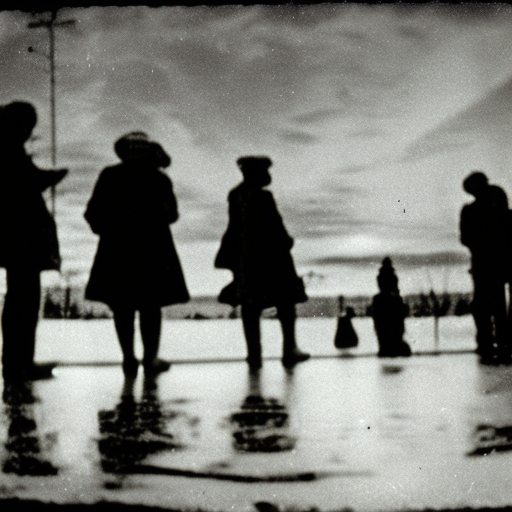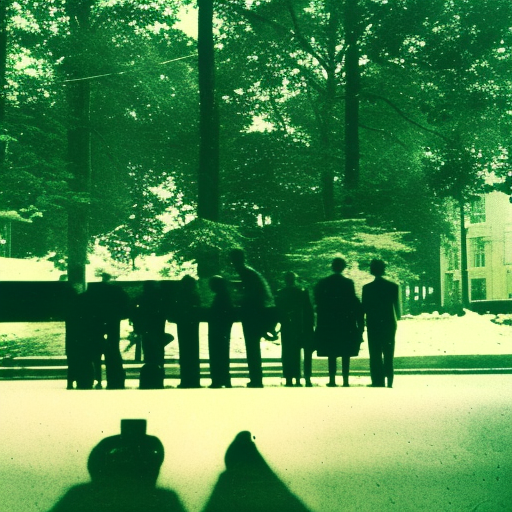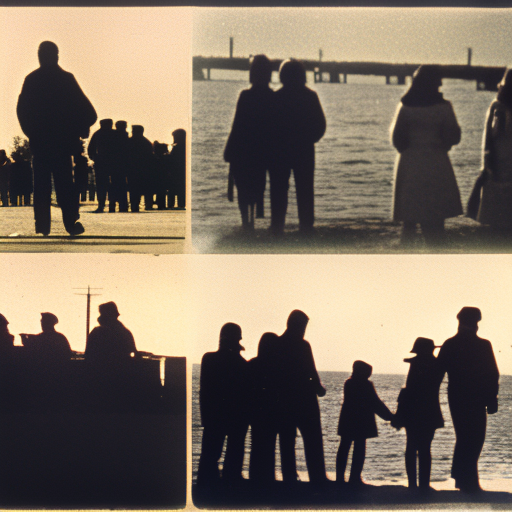The Second Great Awakening
The Second Great Awakening was a religious revival movement that took place in the United States during the early 19th century. It was characterized by a fervent commitment to religious faith and a desire for personal salvation. This movement had a profound impact on American society, shaping religious beliefs, social reform movements, and the development of new religious denominations.
Origins and Spread
The Second Great Awakening emerged in the late 18th century as a response to the growing secularism and rationalism of the Enlightenment. It began in the frontier regions of Kentucky and Tennessee and quickly spread throughout the country, reaching its peak in the 1820s and 1830s. The movement was fueled by itinerant preachers who traveled from town to town, delivering passionate sermons and calling for repentance and conversion.
Religious Beliefs and Practices
The Second Great Awakening emphasized the importance of individual religious experience and personal salvation. It rejected the Calvinist doctrine of predestination and instead emphasized the idea that salvation was available to all who sincerely repented and accepted Jesus Christ as their savior. This belief in the possibility of personal transformation led to a heightened sense of moral responsibility and a commitment to social reform.
During this period, camp meetings became a popular form of religious gathering. These outdoor revivals attracted thousands of people and featured emotional sermons, fervent prayers, and enthusiastic singing. The camp meetings provided a sense of community and allowed individuals to experience a collective religious awakening.
Social Reforms
The Second Great Awakening had a significant impact on American society, as it inspired a wave of social reform movements. Many believers felt compelled to address social issues such as slavery, alcoholism, and women’s rights. The movement played a crucial role in the abolitionist movement, with many prominent abolitionists being influenced by the religious fervor of the Second Great Awakening.
The temperance movement, which sought to reduce or eliminate the consumption of alcohol, also gained momentum during this period. Proponents of temperance argued that alcohol consumption was sinful and detrimental to individuals and society as a whole. The movement eventually led to the passage of the 18th Amendment, which prohibited the sale and production of alcoholic beverages in the United States.
New Religious Denominations
The Second Great Awakening also led to the formation of new religious denominations. As the movement spread, many individuals sought to break away from established churches and form their own religious communities. These new denominations often emphasized personal religious experience and placed a greater emphasis on emotional worship.
One of the most significant new denominations to emerge from the Second Great Awakening was the Church of Jesus Christ of Latter-day Saints, also known as the Mormon Church. Founded by Joseph Smith in the 1830s, the Mormon Church attracted a large following and played a significant role in the settlement of the American West.
Legacy
The Second Great Awakening had a lasting impact on American society and religious life. It helped to democratize religion by emphasizing the importance of individual experience and personal faith. It also contributed to the growth of evangelical Christianity in the United States, which continues to be a significant religious force today.
Furthermore, the social reform movements inspired by the Second Great Awakening laid the groundwork for future social and political changes in the United States. The movement’s emphasis on individual responsibility and the pursuit of social justice helped to shape the progressive era of the late 19th and early 20th centuries.
In conclusion, the Second Great Awakening was a religious revival movement that swept across the United States in the early 19th century. It emphasized personal religious experience, inspired social reform movements, and led to the formation of new religious denominations. Its impact on American society and religious life can still be felt today.












